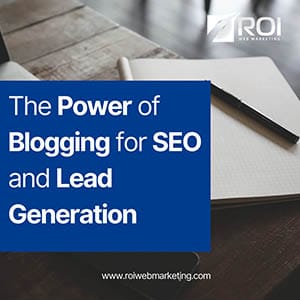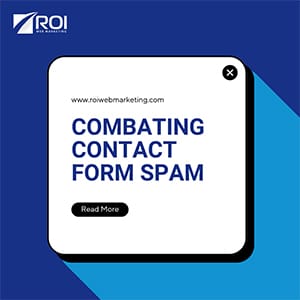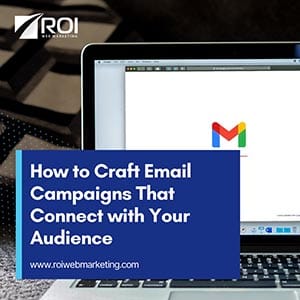Prioritize Blogging for SEO Growth
Blogging is one of the most important parts of any lead generation strategy. If done right, it’s a highly effective SEO method. Blog posts do double duty when you link to them on various social media platforms to reach a larger audience. They’re also a good way to show off the knowledge and expertise your company offers. Consistency and quality are key, though—the internet is littered with subpar, out-of-date blogs that do little to help their creators. Blogs drop in search rankings if they lack fresh, relevant content.
The Many SEO Benefits of Blogging
Proper use of keywords is one of the top ways to make blog posts work for you. Keywords are just the beginning, though. Top-quality content is what keeps people on a blog and proves that a business knows what customers need. It’s also what inspires people to share posts elsewhere, which enlarges your audience without any additional effort from you! Even search engines pay attention to how often people share content—the more external links there are to a post, the more authority a search algorithm assigns to it, and the higher it goes in the rankings. Having more indexed pages also increases the chance that at least a few of them will rank highly.
Effective Lead Generation
Blogging for SEO, when done well, boosts lead generation in several ways. You can use posts to direct people to landing pages, get them to sign up for newsletters, and give them a great impression of your business. Here are just a few methods for lead generation through blogging:
- Useful tips: If you help someone once, they’ll remember you fondly and think of you first when they need what you sell.
- E-Books and other resources for download: When a visitor downloads a helpful resource, they feel as though they’ve been given a free gift, which creates positive feelings while establishing your business as an authority.
- Calls to action: Helpful blog posts give you an opportunity to warm potential customers up, inspiring them to take the next step by responding to CTAs.
- Establishment of brand personality: People feel stronger emotional connections to companies with clear brand personalities, and a blog gives you lots of space to convey yours.
- Community: Blog posts can encourage customer engagement.
- Non-text content: Videos, photos, and infographics are great additions to blog posts.
Building a Strategy
Blogging is a foundational aspect of great content marketing strategies, but there are additional steps to doing it well. Great content is necessary, but it’s not sufficient. A strong strategy is detail-oriented, responsive, and thoughtful. It requires content calendars, extensive research, data analysis, and regular adjustments. Some of that work is simple to perform. Anyone can create a content calendar, after all. Other aspects of a good blogging strategy are more complex. Research and data analysis require effective software that records visitor count, traffic sources, demographic information, average time on page, bounce rate, and more. Though there are many software options, all of them are complex, and many of them are expensive. Using such software requires a high level of skill. That’s why many business leaders rely on trustworthy web marketing companies instead of trying to do it themselves or hiring in-house teams.



















